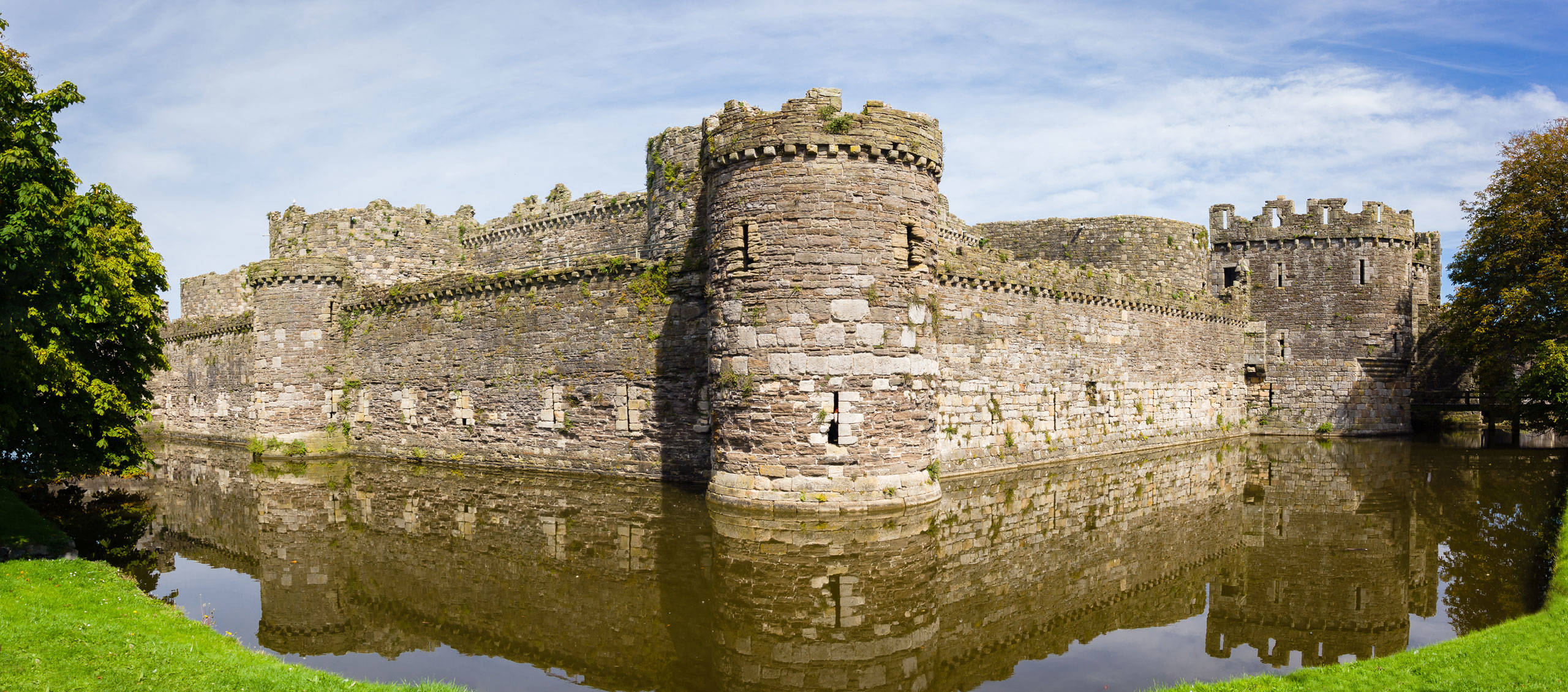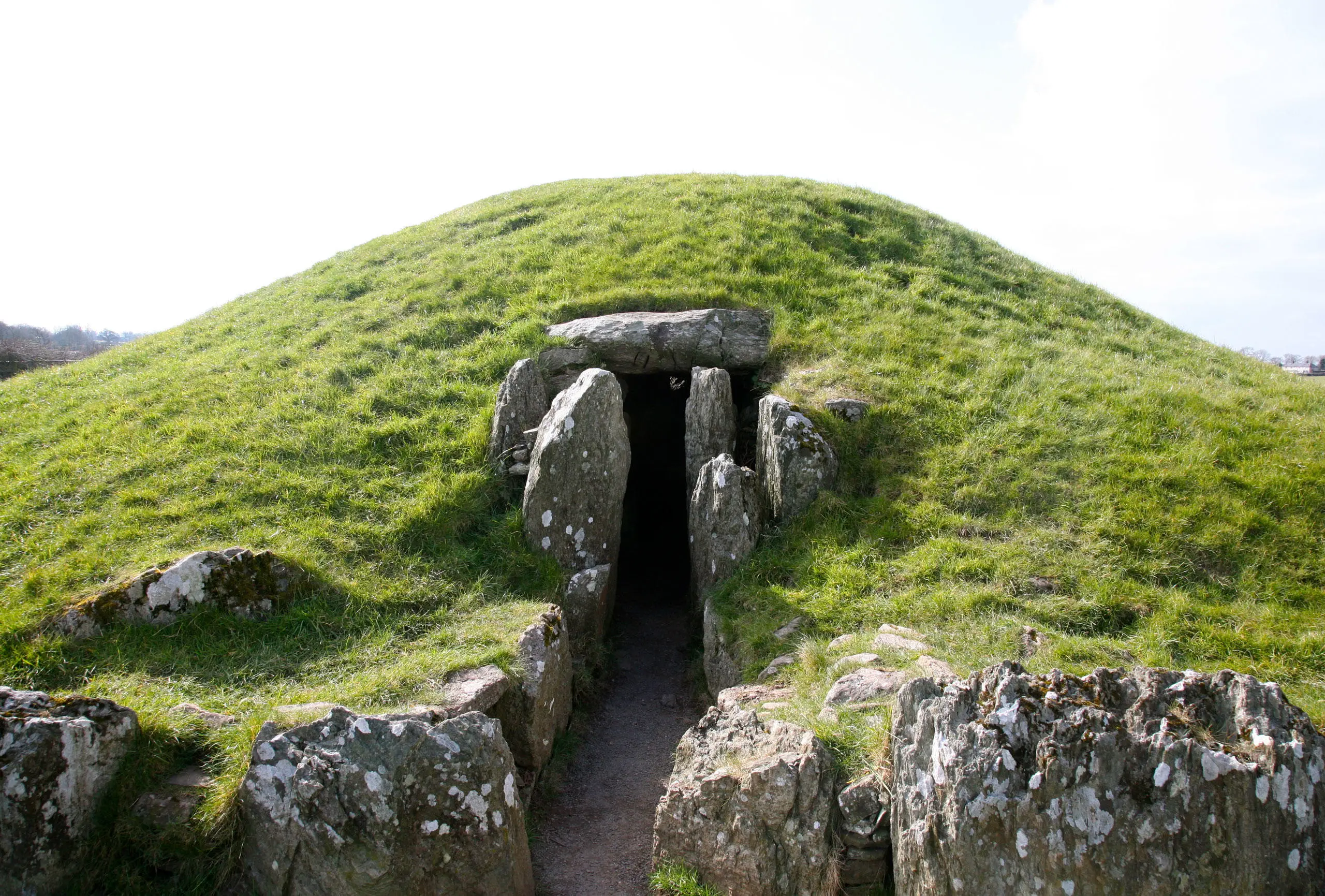Whatever you choose to visit, you have to start your day with a walk around historic Beaumaris. Despite never being fully finished like its fellow UNESCO World Heritage Sites at Conwy and Caernarfon, Beaumaris Castle remains one of the finest surviving examples of medieval military architecture. It was the last of Edward I’s Welsh fortresses to be built and its water-filled moat and symmetrical series of concentric walls are a unique example of 13th-century innovation and ingenuity.
Just over the road from the castle, you’ll find Beaumaris Courthouse. Dispensing justice for more than 400 years, it’s one of the oldest courthouses in Britain and a glimpse into Anglesey’s legal history.
Then follow in the footsteps of many of the courthouse’s former visitors and make your way to Beaumaris Gaol. Explore the narrow corridors and dimly lit cells for a glimpse of what life was like on the wrong side of the law during the 1800s. Its penal treadwheel is the only surviving example in Britain.
From Beaumaris, follow the A454 south-west to Menai Bridge and Menai Heritage. Located in the Thomas Telford Centre, the museum tells the story of the two bridges linking Anglesey to mainland Wales through a range of fascinating exhibits, artefacts and guided walks.
Continue your journey along the coast to Plas Newydd near Llanfairpwllgwyngyll, a splendid National Trust country mansion on the shores of the Menai Strait with a history that stretches back to Tudor times. Inside you’ll find an impressive collection of art (including one of the UK’s largest murals by Rex Whistler), while outside are stunning grounds and gardens home to exotic trees, wildflower meadows and colourful rhododendrons.
You’ll encounter some of Anglesey’s most ancient history as you travel along the A4080 towards Brynsiencyn.
First, take a short detour north of the A road to Bryn Celli Ddu, an impressive Neolithic chambered tomb concealed beneath an earthen mound measuring 26m in diameter (there’s designated parking). Inside, passageways lead to a chamber where excavations have uncovered artefacts including flint arrowheads, beads and human bones. The tomb is aligned so that the rising sun illuminates its central chamber once a year on the morning of the summer solstice – a testament to the skills and knowledge of Anglesey’s early inhabitants (and the site’s ceremonial significance).
On a hillock just off a minor road north-west of Brynsiencyn stands Bodowyr Burial Chamber (there’s designated parking). It’s one of Anglesey’s more mysterious ancient monuments, as the tomb that sits below the huge rounded capstone has never been excavated. Though its secrets remain hidden beneath the ground, it’s an atmospheric example of Anglesey’s millennia-long history.
Continue along the A4080 to the village of Newborough to walk in the footsteps of Wales’s former rulers at the evocative ruins of Llys Rhosyr. Once an administrative centre for the native leader and Prince of Gwynedd, Llywelyn the Great, it’s the only medieval court of its kind to have been discovered in Wales. It’s best to park in the village and walk the 360m or so to the site.
End your journey with more recent history at nearby Tacla Taid Transport and Agricultural Museum. With a collection of more than 100 classic cars, motorbikes, tractors and military vehicles, it’s a must-visit for any petrolhead.


